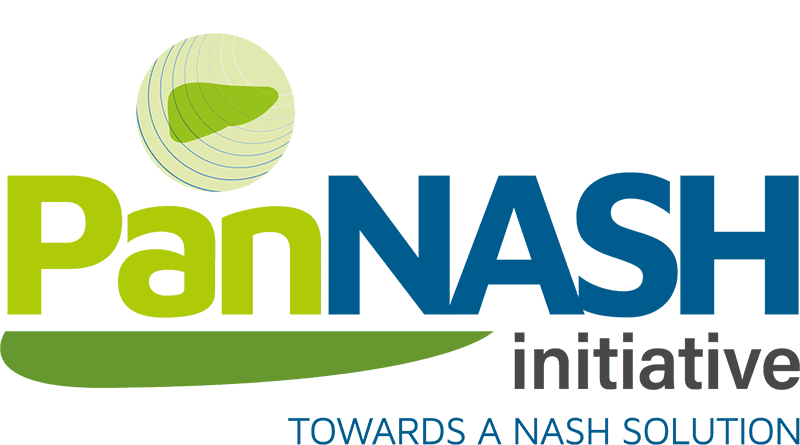Hepatic inflammatory responses in liver fibrosis
Recent technological advancements have provided unprecedented insights into the inflammatory mechanisms underlying liver fibrosis, leading to the identification of promising novel targets for anti-inflammatory and antifibrotic therapies.
